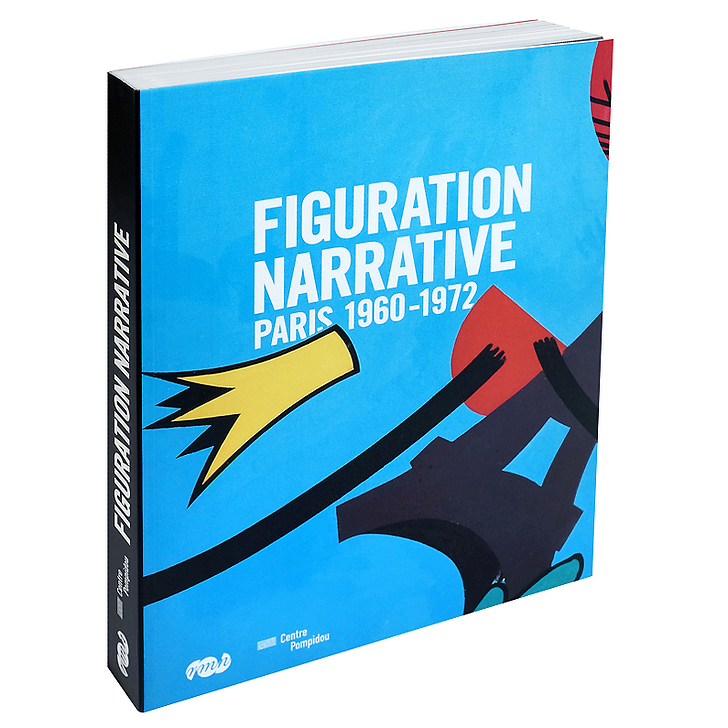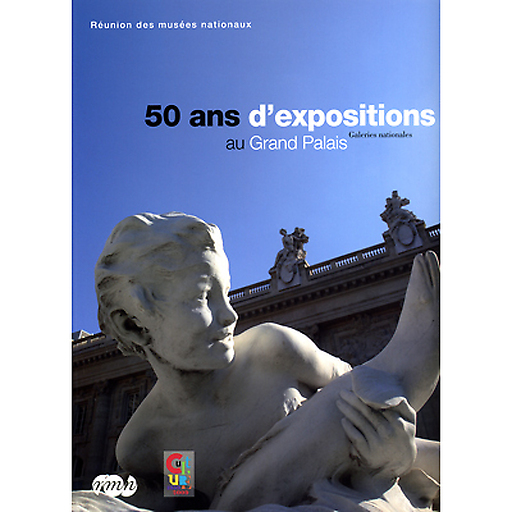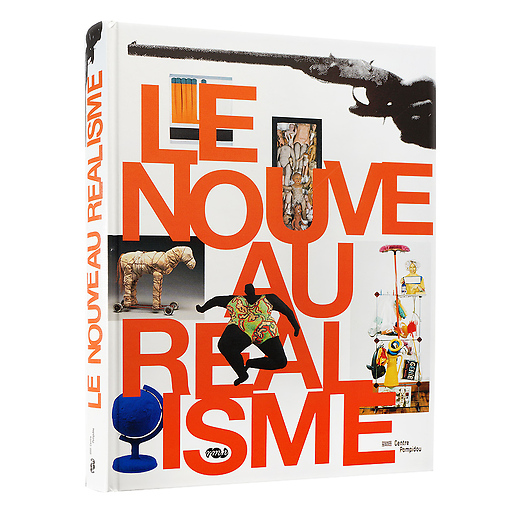Written in French.
Narrative Figuration was never proclaimed as a movement as such. It grew out of the initiative of art critic Gérald Gassiot-Talabot and artists Bernard Rancillac and Hervé Télémaque who worked together in July 1964 to set up the exhibition "Mythologies quotidiennes" at the Paris Museum of Modern Art.
At a time when Pop Art was triumphing at the Venice Biennale (Rauschenberg was awarded first prize for painting in June 1964) and generally making its presence felt in Europe, "Mythologies quotidiennes" brought 34 artists (Arroyo, Bertholo, Bertini,
Fahlström, Klasen, Monory, Rancillac, Recalcati, Saul, Télémaque, Voss...) who, like their American counterparts, put contemporary society and its images at the core of their work.
A few months later, the Salon de la Jeune Peinture was disrupted by the mass arrival of young artists (Aillaud, Arroyo, Cueco, Recalcati, Tisserand...) who had set themselves the goal of making art once more a tool for social change.
Narrative figuration was a powerful force, attracting painters from very different artistic and geographical backgrounds in the 1960s (those mentioned above, but also Adami, Erró, Fromanger, Stämpfli, la Coopérative des Malassis...) who, working from images taken from photography or film, advertising, comic strips or even classical painting, produced works which twisted the original significance of these images and gave them unexpected meanings, suggested other narratives and highlighted their political implications.
Over these years, Narrative Figuration set itself apart from the social neutrality of the Paris school and the formalism of American Pop Art and denounced all forms of alienation in contemporary life. The effervescence of the late sixties led the most militant painters in the movement to take an active part in politics and, in particular, in the events of May '68 in Paris.
Exhibition Narrative Figuration, Grand-Palais, 2008.
In French.
357 pages
Rmn - Grand Palais Publishers
Close








